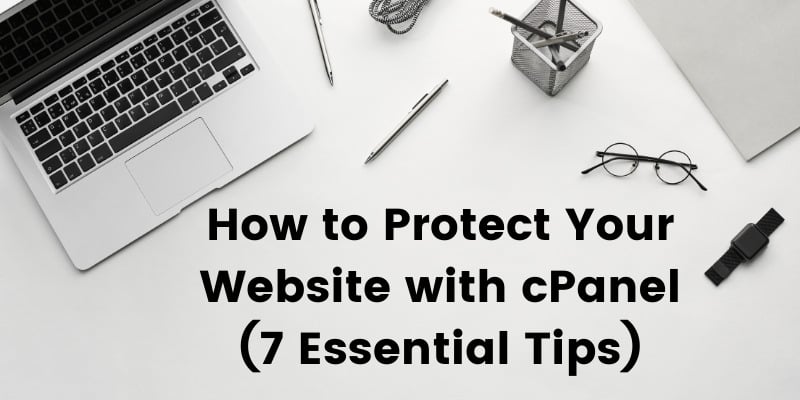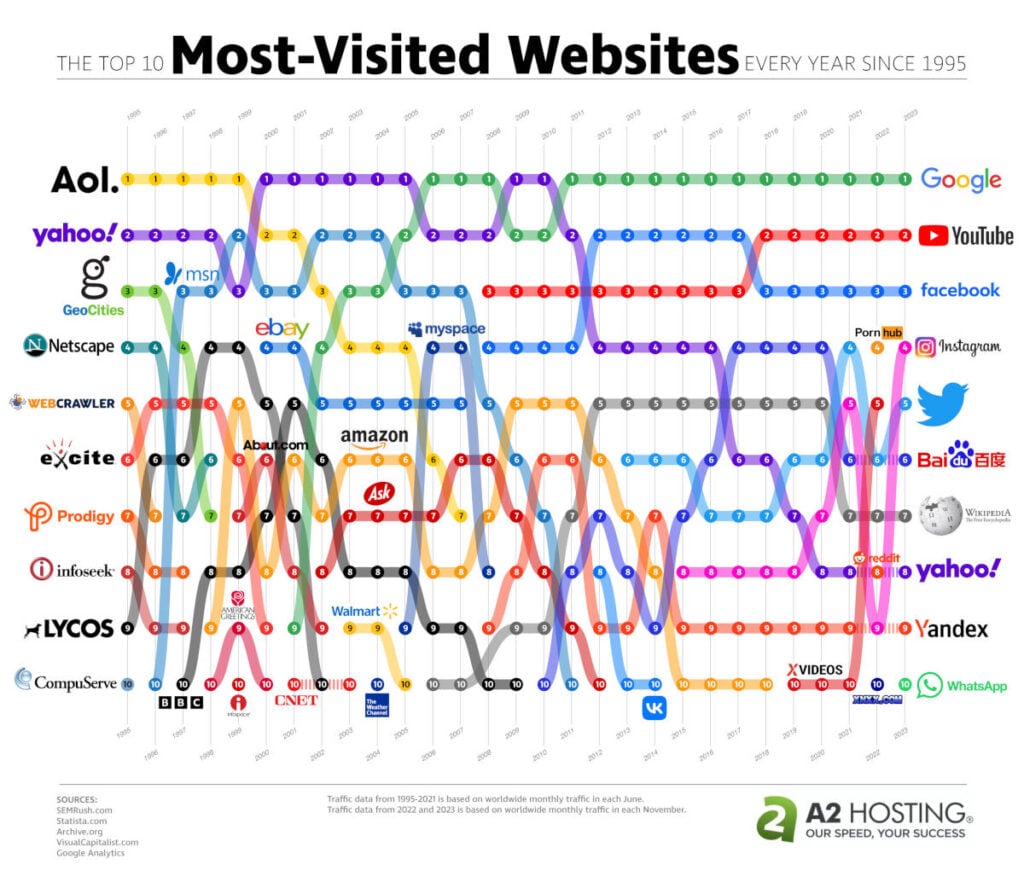- Jun 01, 2017
 0
0- by A2 Marketing Team
Choosing the perfect host is already tough enough without taking server location into consideration. However, this aspect can have a substantial impact on your site’s performance, depending on where your audience is located.
As you might imagine, the closer a server is to an end user, the quicker your pages will load. Therefore, it’s important for you to consider the locations your provider offers. In most cases, choosing a different location won’t raise your costs, but it can improve your site’s performance.
In this article, we’ll explain more about how your dedicated server’s location can impact your site’s speed. We’ll also discuss how to choose the right data center and what you can do to optimize your site further. Let’s jump in!
How Server Location Can Affect Your Site’s Performance
No website loads instantly. Even the most highly optimized ones still take a few milliseconds, and in most cases, anything below one second can be considered blazingly fast.

Now, there are plenty of factors that influence how fast a site loads, including images, scripts, and even bloated themes and plugins if you’re a WordPress user. Essentially, every web page is a collection of files that need to be loaded – and the heavier these files are, the longer it will take.
However, distance also plays a role when it comes to performance. After all, the further away you are from a site’s server, the longer it will take for your request to be processed and for the website to load. These days, this is less of an issue thanks to faster average internet speeds, but it’s still a factor worth considering.
How to Pick the Ideal Server Location for Your Site
Most reputable web hosts provide you with multiple options when it comes to data centers. That means you can choose where your server is located, and in most cases, it won’t cost you extra.
The question is, how do you go about selecting the perfect location for your site? Let’s go through a short checklist of criteria to help you make the right decision:
- Consider your target audience. If most of your visitors reside in the USA, you’ll want to pick a data center located in or close to the USA for optimal performance.
- See which data centers your web host offers. Most web hosts include this information somewhere on their sites, but you may have to look around for it.
- Check your data center’s performance. There are plenty of sites who will provide you with overviews of popular web hosts’ performances. That should give you an idea of whether they’re worth paying for, even if they don’t include individual data center tests.
You may have already paid for dedicated servers in places that aren’t optimal. Don’t worry, you still have options. The simplest solution is to ask your hosting provider to migrate your server setup to a better location.
On the other hand, if you don’t have the option to move to a different server location, you might consider switching hosts. All you need to do is find a provider that offers multiple data center options and check if they offer help for new users to migrate sites to their platform.
Alternatively, you can always migrate your site manually, which isn’t all that complicated.
How to Further Optimize Your Site’s Performance
Before we wrap things up, it’s important to mention that just moving your server to a new location is often not enough to drastically increase its performance.
If your site wasn’t optimized to begin with, you can also look at aspects like compressing your images and minifying your scripts. Plus, if you’re a WordPress user, there are plenty of plugins you can use to shave a few milliseconds off your loading times.
Finally, you might also want to look into the option of setting up a Content Delivery Network (CDN) for your website. This type of service will set up cached copies of your site in data centers around the world. This should help minimize the impact that distance has on its performance.
Conclusion
Even the best web host can underperform if you don’t choose the right location for your dedicated server. After all, distance can affect how long it takes for a site to load, even if most of your users have fast internet connections.
If you want to make the right choice for your site, you’ll need to have an idea of where your audience is before choosing a web host. Otherwise, you may have to migrate to a provider with more options down the line. Moving your site may not be difficult, but it’s a hassle you probably want to avoid in the first place.
Image credit: Pixabay.










